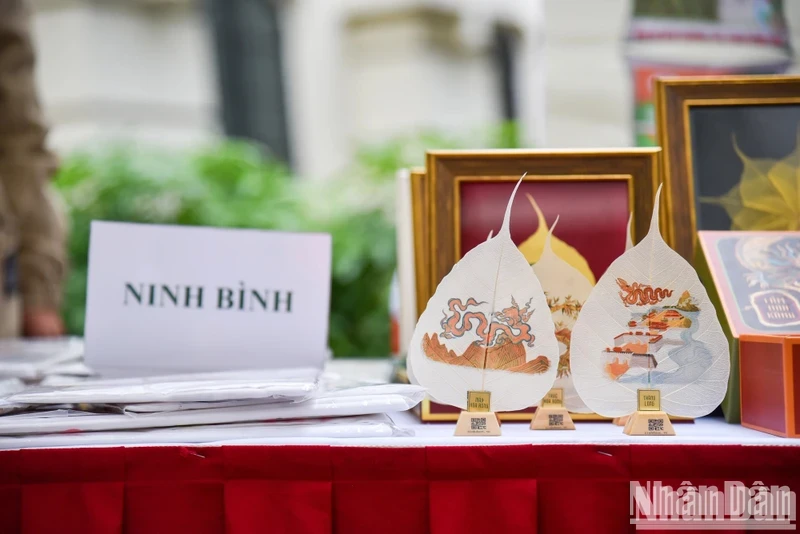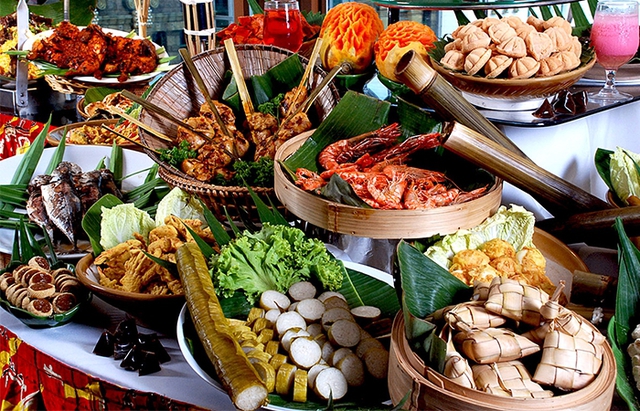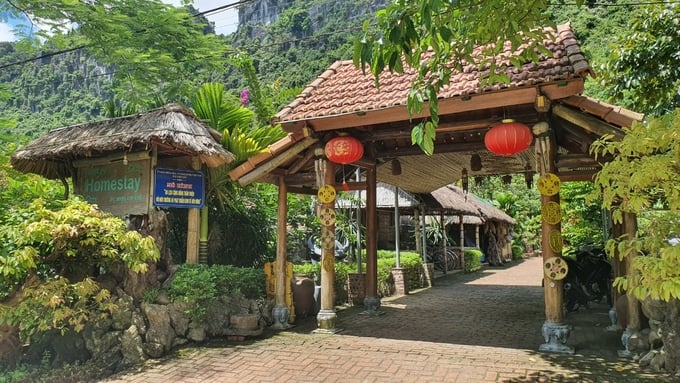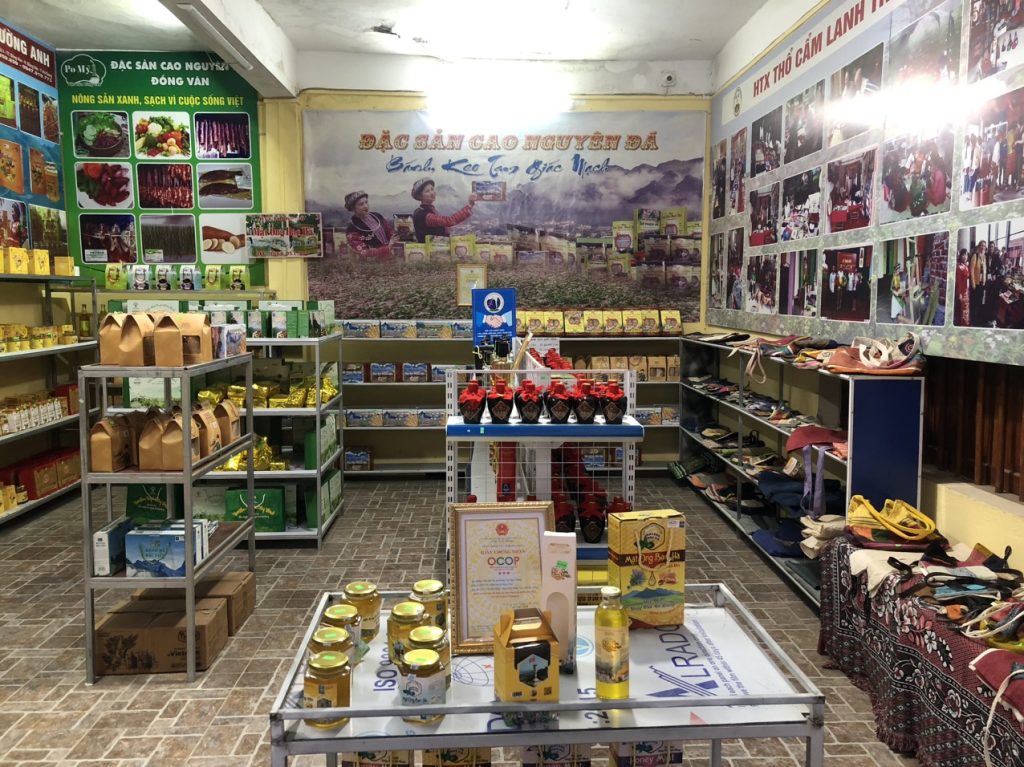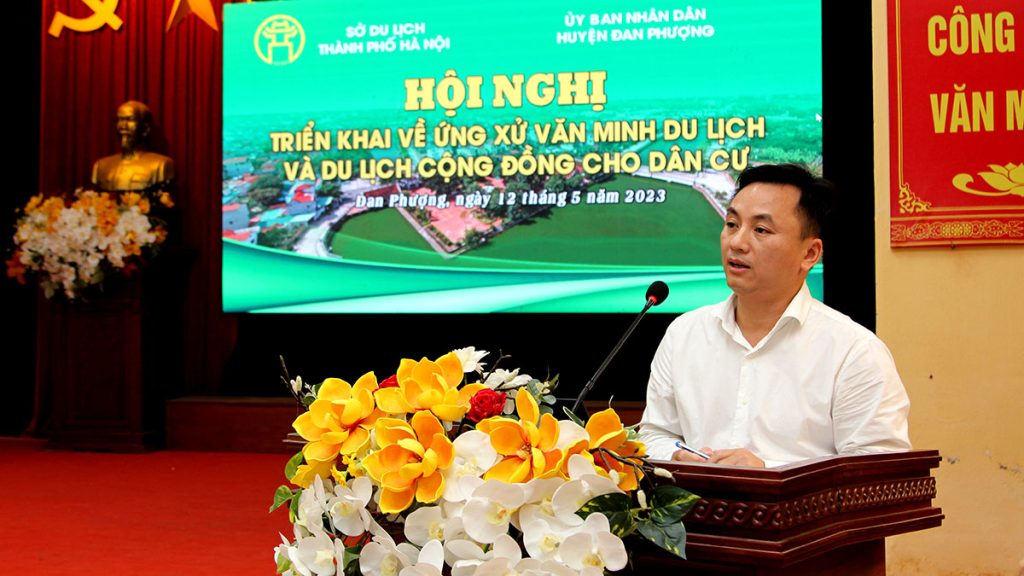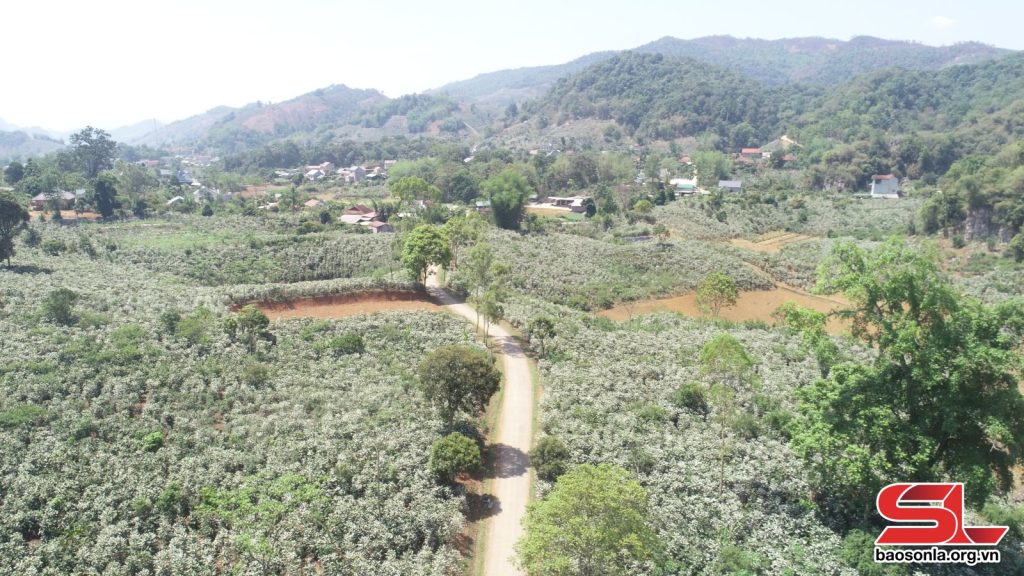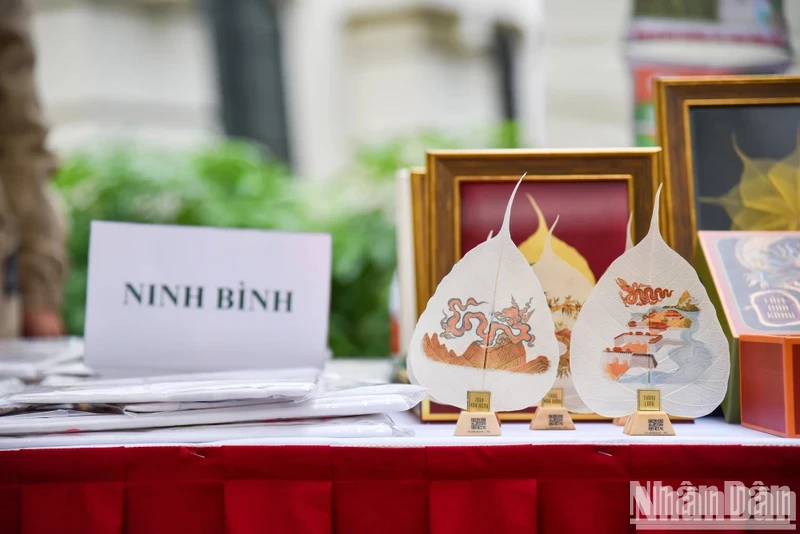
These impressive numbers reflected a trend that agile youths and farmers have been increasingly using technologies to bring agricultural products to reach far and promote the image of their homelands.
When starting to produce short videos introducing specialties and posting them on social networks, “hot” creators have a common knowledge and pride that have helped regional agricultural products earn great attention and orders from millions of customers nationwide.
Watching the live stream of Nguyen Thi Tuong Thao (known as Thao Mola), owner of the TikTok channel named “Strange Dishes from the Home Garden” with 1.5 million likes, few people understand that this young girl who is like a farmer possesses two excellent university degrees and has a high-income job in Ho Chi Minh City.
After nine months of persistently “building” a channel to promote typical vegetables, tubers, and fruits of Da Lat City, Tuong Thao sold more than 90,000 orders, bringing more than 10 tonnes of agricultural products from Da Lat consumed nationwide and creating regular jobs for 20 local workers.
In the Central Highland Province of Dak Lak, Nguyen Thi Thu Ha (or Hana Ban Me) also “left the city to return to the countryside” and conquered viewers with short films about daily life, working in the fields, harvesting durian and the process from coffee fruit to a cup of coffee. More than 30 million likes on the TikTok channel of Thu Ha after two years is a meaningful achievement, as she has accompanied local farmers in consuming coffee, cashew nuts and macadamia on many e-commerce platforms.
Notably, the stories of agricultural products not only relate to geographical indications, production methods and their uniqueness but also convey messages associated with the national identity and cultural traditions of the localities.
Some “million-view” digital content creators who are ethnic minorities in the northern mountainous region have been actively filming videos to introduce their community’s food, costumes, customs, etc. and sharing them on social networks, aiming to contribute to promoting trade in regional products and spreading the beauty of the lives and culture of the ethnic groups. The notable names include Ma Thi Chu, a H’Mong person in Muong Khuong, Lao Cai Province; Chao Thi Yen, of the Dao people in Bat Xat District of Lao Cai Province; Nong Cam Quynh from the Nung ethnic group in Na Hang District of Tuyen Quang Province; Luong Quang Dai from the Tay ethnic group in Bach Thong of Bac Kan Province; Nguyen Thi Thu Hoa from the Muong ethnic group in Thanh Son District of Phu Tho Province.
The “streamers” wear the traditional costumes of their ethnic groups to take viewers through famous tourist attractions, chat and sing folk songs, or record a day of planting trees, picking fruits and processing specialties. Their interesting knowledge, genuine charm and positive energy inspire viewers.
Selling agricultural products via live streams exploded after the COVID-19 pandemic when people’s psychology and shopping habits changed. With the enthusiasm of young people, farmers, OCOP subjects and the early support from relevant agencies and organisations, OCOP products (especially in the food and pharmaceutical industries) have a new bridge connecting with consumers, thereby overcoming many limitations of traditional transaction methods.
During the livestream-themed “Back to the Ancestral Land” in Phu Tho Province, 20 million views helped typical OCOP products of this locality earn more than 300 million VND in revenue. These OCOP products include Truong Foods Pickled Meat, Dinh Hoai Trung Tea, Hung Lo rice vermicelli, Hoa Lua soy sauce, Lien Gia Trang pickled cassava vegetables and Maika Food.
According to many experts, introducing the stories of agricultural products online is an effective communication channel for indigenous culture, helping people understand and be proud of their homelands and connecting their families and villages. OCOP products take culture as the foundation and motivation to enhance their values and are also “ambassadors” to convey regional culture.

